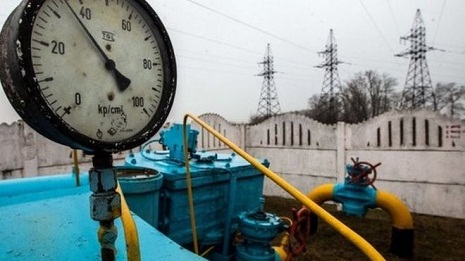In fact, it initiated the formation of a new transit-transport energy communication network, meeting the modern requirements, in Eurasia.
The capacity of the first two lines of the gas pipeline hit 30 billion cubic meters by late 2010. The third line with a capacity of 25 billion cubic meters of gas per year was constructed in late 2014.
The presidents of Turkmenistan and China signed an agreement on construction of the fourth gas pipeline with a capacity of 25 billion cubic meters of gas per year in September 2013. This branch will stretch along the Turkmenistan-Uzbekistan-Tajikistan-Kyrgyzstan-China route. The pipeline is planned to be constructed in 2017, the statement said.
Thus, by 2017, the capacity of Turkmenistan’s pipeline system running in the eastward direction will increase up to 80 billion cubic meters.
Under the agreement signed between the China National Petroleum Corporation (CNPC) and Turkmenistan’s State Concern Turkmengaz, by late 2021, Turkmenistan will annually supply China with 65 billion cubic meters of gas.
Natural gas is supplied to the Trans-Asian route from several raw material sources.
Among them there are the fields in the Bagtyyarlyk contract area, which are developed by CNPC in line with a production sharing agreement signed with the Turkmen State Agency for Management and Use of Hydrocarbon Resources.
A second gas processing plant with a design capacity of 8.67 billion cubic meters of marketable gas was commissioned there in May 2014. The complex’s raw material base is the Altyn Asyr group of fields.
The giant gas field Galkynysh is being developed intensively.
According to the UK-based petroleum consulting company, Gaffney, Cline & Associates, there are about 21.2 trillion cubic meters of gas in the depths of this field.
More about:
















































